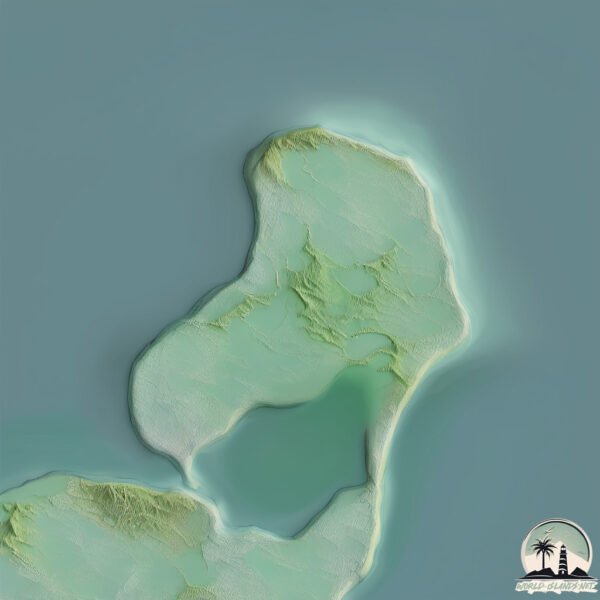Welcome to Miscou , a Continental island in the Gulf of St. Lawrence, part of the majestic Atlantic Ocean. This guide offers a comprehensive overview of what makes Miscou unique – from its geography and climate to its population, infrastructure, and beyond. Dive into the details:
Geography and size of Miscou
Size: 73.8 km²Coastline: 53.2 kmOcean: Atlantic OceanSea: Gulf of St. LawrenceContinent: North America
Miscou is a Medium Island spanning 74 km² with a coastline of 53 km.
Archipel: –
Tectonic Plate: North America – Covers North America and parts of the Atlantic and Arctic Oceans, characterized by diverse geological features and varying levels of seismic activity.
The geographic heart of the island is pinpointed at these coordinates:
Climate and weather of Miscou
Climate Zone: ContinentalClimate Details: Warm-Summer Humid Continental ClimateTemperature: Warm Summer
Climate Characteristics: Features warm summers and cold winters with consistent precipitation, common in higher latitudes.
Topography and nature of Miscou
Timezone: UTC-04:00Timezone places: America/La_PazMax. Elevation: 9 m Mean Elevation: 2 mVegetation: Open WoodlandTree Coverage: 60%
The mean elevation is 2 m. The highest elevation on the island reaches approximately 9 meters above sea level. The island is characterized by Plains: Flat, low-lying lands characterized by a maximum elevation of up to 200 meters. On islands, plains are typically coastal lowlands or central flat areas.
Dominating Vegetation: Open Woodland
Vegetation: 11 vegetation zones – Exceptionally Diverse Island
Infrastructure and Travelling to Miscou
Does the island have a public airport? no .
Does the island have a major port? no .
The mean population of Miscou is 8 per km². Miscou is Gently Populated. The island belongs to Canada .
Continuing your journey, Lameque is the next notable island, situated merely km away.
Missed in Miscou
This video described the surf fishing for Striped bass at Miscou Island,NB,Canada. Miscou Light house Views and NB Aquarium ...
Missed in Miscou
This video described the surf fishing for Striped bass at Miscou ...
This video described the surf fishing for Striped bass at Miscou Island,NB,Canada. Miscou Light house Views and NB Aquarium ...
oin us on a breathtaking 4K drone tour of Miscou Island, New ...
oin us on a breathtaking 4K drone tour of Miscou Island, New Brunswick! This mesmerizing aerial journey takes you over the ...
Rolling Thru Miscou Island
Travel with us on a photo tour through Miscou Island, a small island ...
Travel with us on a photo tour through Miscou Island, a small island on the northeastern tip of New Brunswick between Chaleurs ...
Canada is classified as Developed region: G7: Group of Seven – Major advanced economies, including Canada, France, Germany, Italy, Japan, the United Kingdom, and the United States. The level of income is High income: OECD.
News – Latest Updates and Headlines from Miscou
Stay informed with the most recent news and important headlines from Miscou. Here’s a roundup of the latest developments.
Loading...
Please note: The data used here has been primarily extracted from satellite readings. Deviations from exact values may occur, particularly regarding the height of elevations and population density. Land area and coastline measurements refer to average values at mean high tide.

